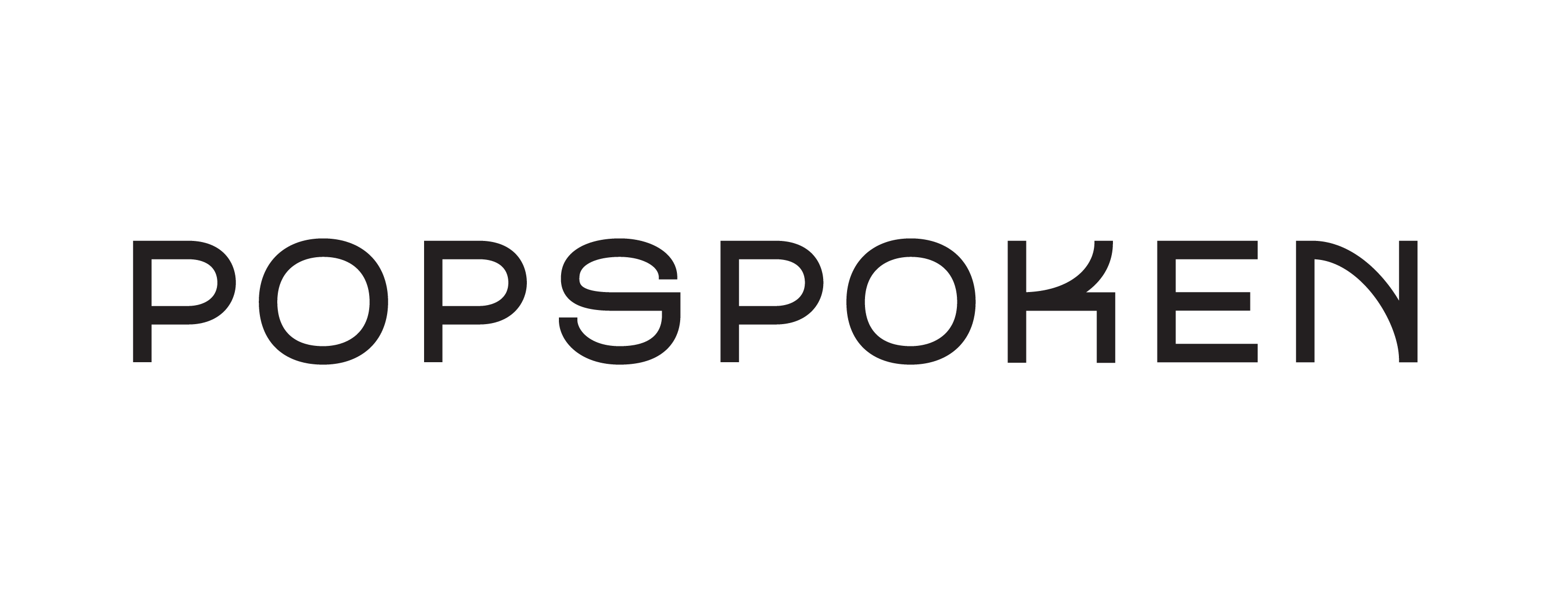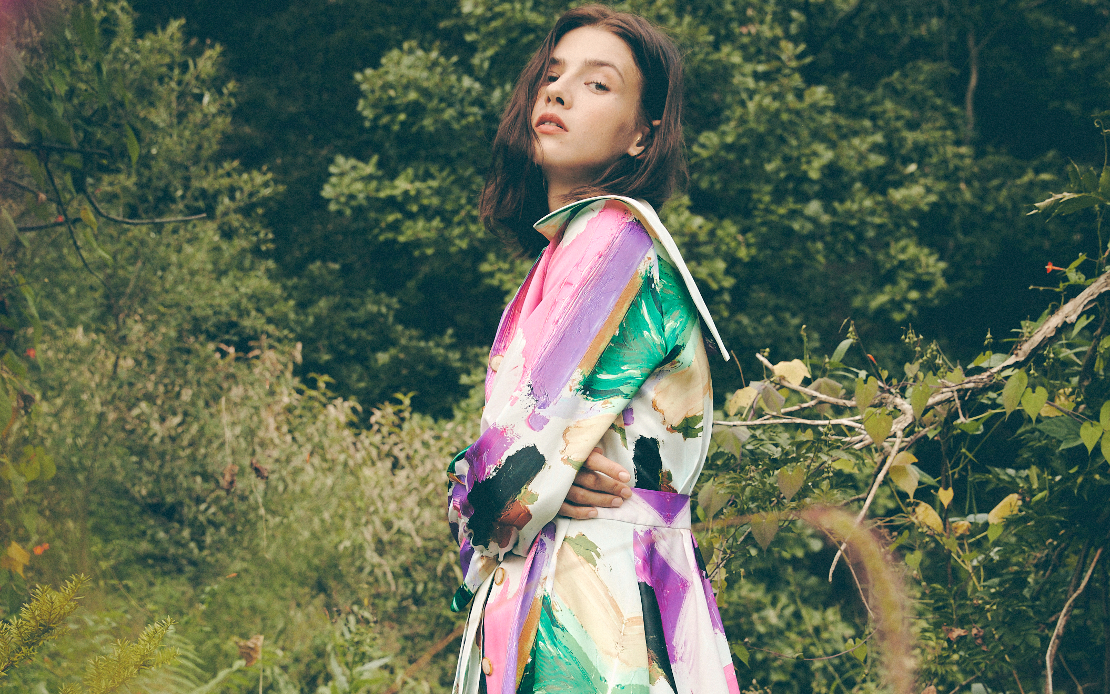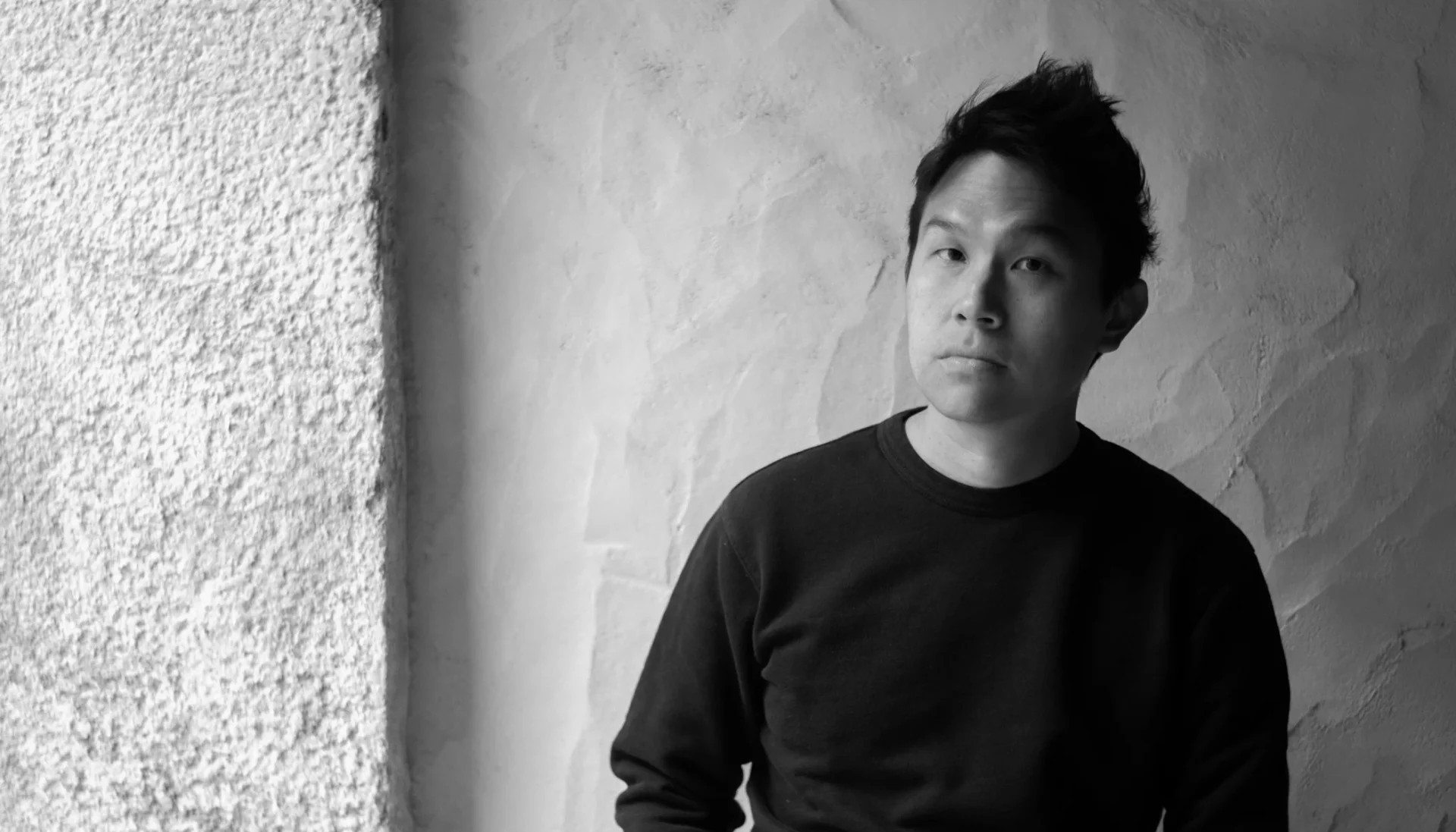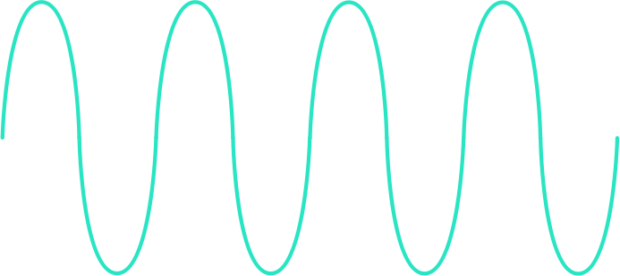The inaugural Next Generation Art Prize hosted by Julius Baer in partnership with Singapore Arts Club, is fashioning the future of art by nurturing young talent. Its aim is to promote emerging voices, ideas and expressions in Asia. This year’s edition saw more than 200 digital art entries being submitted.
The selected 20 finalists form part of an ongoing virtual exhibition, running until 30 June. Popspoken had a chat with the Prize winners, Mark Chua and Lam Li Shuen, and Shwe Wutt Hmon. They earned the top cash prize of USD$15,000 in their respective categories: Moving Image and Still Image chosen by an esteemed panel of judges, Barbara Staubli, Audrey Yeo, Cheryl Loh, Inti Guerrero and Wiyu Wahono.
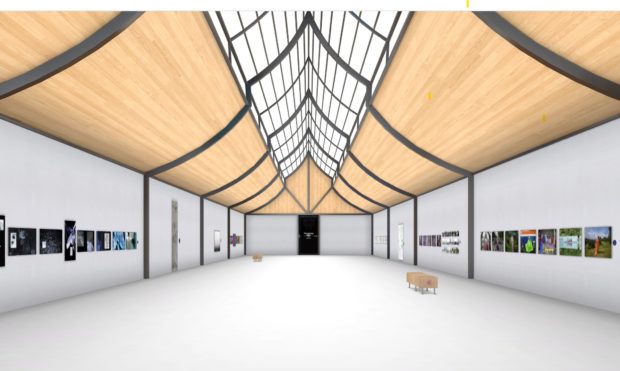
Mark Chua and Lam Li Shuen
Singaporean filmmakers Mark Chua and Lam Li Shuen have shown their works at various international film festivals. These include the Singapore International Film Festival and Asian Film Festival Barcelona. Their second experimental feature, Revolution Launderette, won the Spirit Award at the 2020 Eastern Oregon Film Festival. Their work extends to mixed-media performances in sound and the moving image, and they have performed in Australia, Japan and Iceland.

The Cup relishes in finding absurdity within the mundanity of life under the Covid-19 bubble. Why was it important for the film to have this balance?
These days, the peculiar and sometimes alienating sides to daily life seem to be surfacing more, especially in the simple orders of the day. With The Cup, we wanted very much to dive into our reality today and present a reflection of the experience.
You conceptualised and created The Cup during the pandemic. In what ways did the limitations of creating this film during the Circuit Breaker period force you to think of creative solutions?
We had to get creative with the practical effects. For example, we repurposed items in our home to film the brewing sequence. We also rigged-up a tap hose and a vacuum cleaner to create a system that went through a stuffed head of the character.
We also had to figure out how to get a shot from outside the window grill. This captures the moment the character’s head is stuck outside the balcony window, and during a thunderstorm. We created a rig with a table mirror that we could set up quickly to catch this moment when a storm approached.
You premiered The Cup at the 2020 Singapore International Film Festival and ‘flat’, a group exhibition at Sullivan and Strumpf Singapore. What was the audience reaction like?
We were really happy to see audiences resonate with the humorous take of the lockdown experience and the languages represented in this film. This speaks to how the humour and pains experienced during the pandemic translate across a large and diverse collective.
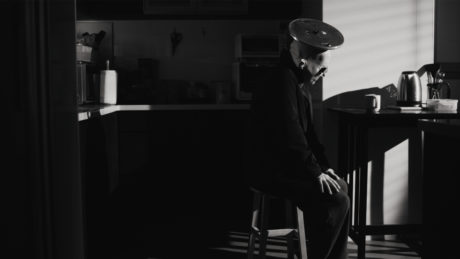
For The Cup, you collaborated with Cebu musician Karl Lucente. Do you have any future collaborations with other artists in the works? What kinds of stories are you hoping to explore for future projects?
We recently collaborated with local musician Shahreil Aziz, who will appear in our upcoming short film A Man Trembles. We will also be creating the soundtrack for a new exhibition in July.
In the near future, we hope to explore more madcap visions of the tendencies and tensions of the human experience. We’ve been really inspired by the visual and narrative reflections that run between place and histories in Singapore.
Shwe Wutt Hmon
Shwe Wutt Hmon is a freelance photographer based in Yangon, Myanmar. She also works as an independent researcher for United Nations agencies and other international organisations. She was one of the founding members of Thuma Collective, a Myanmar-based group of female photographers. Her work focuses on collective identity, human relationships and mental health. She is the recipient of the Documentary Award 2020 (Open Category) from the Objectifs Centre.
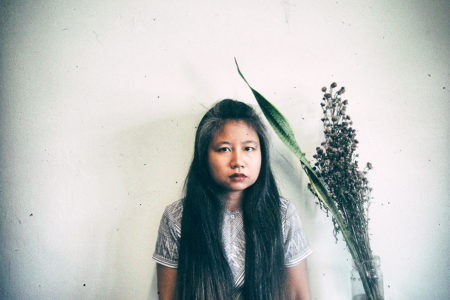
The act of revealing scars can be an intimate and vulnerable experience. Is this the first time that you are the subject of your own work? Why was it important to tell your story?
The subjects in my other works are very intimate people in my life: my ex, my grandparents, my roommate and myself. I tell personal stories from which I connect and examine larger social issues. I also work on social stories reflecting on and drawing from my position on the issue. For this work, I believe there are others who can relate to my story although each person’s experience might differ.
Body scars can mean many different things for people. Some people might hide or feel ashamed of their scars. Others might feel pride. How did you feel about your scars before creating I Do Miss Hospital Visit, and have your views changed since?
While I have not changed my views on my scars since creating the work, my scars still remind me of my endurance and strength. Previously, while I did not feel physically unhealthy, I did not like it when someone asked me how I was. I felt like I was viewed as a weak person. After some time, I realised that I, subconsciously, was very much aware of my health issues.
The flowers scanned in I Do Miss Hospital Visit are in various states of decay. They focus the viewer’s attention on the physical aspect of deterioration. How does the mental aspect feature in your work?
Using the withered flowers also represents how I feel as a frequent hospital patient. The black background represents the dark emotions I felt whenever I went into the operation theatre and the sense of the space. As part of the narrative, I used repeated patterns of diptychs and layering. These reflect my recurrent emotional and physical state of experiencing tumours and operations repeatedly.
What is next for you? How do you see your practice evolving? Are there any topics, stories or people that you are excited to explore?
I am quite an intuitive person. Almost all of my works start organically. I would like to reflect and work further on my ongoing works rather than develop a new project. I would also like to develop my work into a variety of formats such as photo-books, installations, mixed media and collaborations.
At this moment, I am closely looking at how things unfold in my country Myanmar. I am observing and documenting how the people, from each individual to the collective community, come together united in this time. We will see where this work will guide me to.
The contents of these interviews have been edited for length and clarity.
Read about more interesting creative people in our People section.
